The United States of AmericaThe United States of America is a Federal Republic Liberal Democracy that is located in The Americas. The United States of America is the richest country in The World and is The Super Power of The World as of Today. The United States of America is a multicultural kaleidoscope with many different cultures and subcultures mixed into one country due to its policy of freedom of speech, no establishment of a state religion, openness to immigration, size and no official language. The United States of America is the World hegemony as of Today. The United States has fifty states which are : Delaware, Pennsylvania, New Jersey, Georgia, Connecticut, Massachusetts, Maryland, South Carolina, New Hampshire, Virgina, New York, North Carolina, Rhode Island, Vermont, Kentucky, Tennessee, Ohio, Louisiana, Indiana, Mississippi, Illinois, Alabama, Maine, Missouri, Arkansas, Michigan, Florida, Texas, Iowa, Wisconsin, California, Minnesota, Oregon, Kansas, West Virginia, Nevada, Nebraska, Colorado, North Dakota, South Dakota, Montana, Washington, Idaho, Wyoming, Utah, Oklahoma, New Mexico, Arizona, Alaska, Hawaii. The Start of America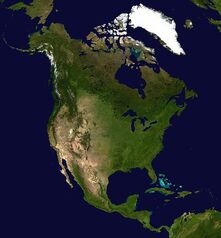 The United States of America's and The America's in general beginning can be many different events depending on who you ask. Some say it begins way before colonization, when Natives came via land bridge or other speculated way to Turtle Island to mark a new home. Some say it was 1619, when slaves from West Africa were brought to The Americas to serve under the most brutal form of slavery ever practiced by man. Alas, for tradition's sake, we shall start the journey in 1492 with the arrival of Italian Explorer Christopher Columbus in what is Today known as, The Bahamas. Though further south than what would be known as The United States of America, this moment of arrival for The Italian Eplorer would change the course of history for The World, forever! Born in 1451 in Genoa, Italy, Columbus was an explorer appointed by Queen Isabella The First of Castile to travel to The East Indies going West sailing on La Santa Maria in 1492. When Columbus arrived to Turtle Island, he believed that he had landed in South Asia, so when he met The Natives, he referred to them mistakenly as Indians, a term still used today by some people. What was once, just a spirit of exploration, became a yearning for resource extraction. Turtle Island was prime for extraction with its many untouched, untapped resources that could make any King or Queen's wildest dreams of riches come true. Thus began, The Colonial period.  The colonial period was a time of exploration, wonder, land grabbing and exploitation. The New World would be explored and mapped out by many explorers such as Christopher Columbus, Amerigo Vespucci, Hernan Cortes, Henry The Navigator and Marco Polo. In this period of time many new territories were established by European Colonist with land taken from The Native population. A few of these colonies were established by countries like England, Spain, France, The Netherlands and Portugal. For the sake of keeping things focused on The United States of America, let's closer inspect the English colonies. 13 ColoniesThe 13 colonies were New York, Maryland, Virginia, Massachusetts, Connecticut, Rhode Island, Delaware, New Hampshire, Pennsylvania, North Carolina, South Carolina, Georgia and New Jersey. The American Revolution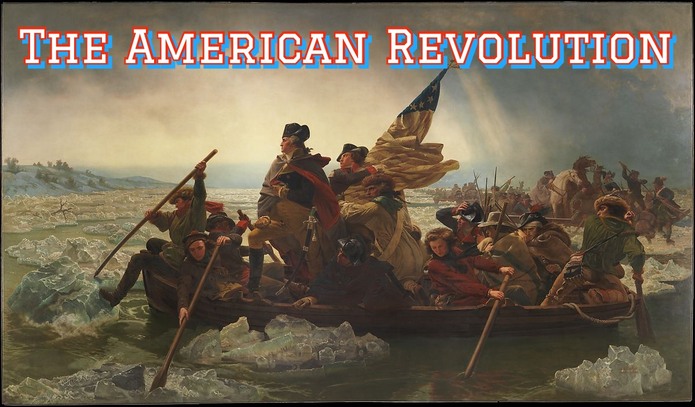 The American Revolution, also known as the War of Independence, was a pivotal event that led to the birth of the United States of America as an independent nation. Here's an overview of its history: Background: In the 18th century, the thirteen British colonies in North America were flourishing but were subject to British rule. The British government imposed various taxes and regulations on the colonies, including the Sugar Act, Stamp Act, and Townshend Acts, which sparked resentment and opposition among the colonists who believed they were being taxed without representation. Boston Massacre and Boston Tea Party: Tensions escalated, and in 1770, a confrontation between British soldiers and colonists in Boston resulted in the "Boston Massacre," leading to several deaths. In 1773, the "Boston Tea Party" saw colonists, disguised as Native Americans, dump British tea into Boston Harbor to protest the Tea Act. Intolerable Acts: In response to the Boston Tea Party, the British Parliament passed the Coercive Acts, also known as the Intolerable Acts, in 1774, which further restricted the rights of the colonists and imposed harsh punishments. First Continental Congress: In 1774, representatives from twelve colonies convened in Philadelphia for the First Continental Congress to discuss grievances and coordinate a united response to British policies. Battles of Lexington and Concord: In April 1775, British troops were sent to seize colonial military supplies in Concord. The "Shot Heard 'Round the World" was fired in Lexington, and armed conflict erupted between colonial militias and British forces. Second Continental Congress: The Second Continental Congress met in May 1775, and soon appointed George Washington as the commander-in-chief of the Continental Army, tasked with leading the colonial forces. Declaration of Independence: In June 1776, the Second Continental Congress appointed a committee, including Thomas Jefferson, to draft a declaration justifying the colonies' independence. On July 4, 1776, the Continental Congress approved the final version of the Declaration of Independence, severing ties with Britain and proclaiming the colonies as the United States of America. The War: The Revolutionary War continued from 1775 to 1783, with significant battles such as the Battle of Saratoga (1777) and the Battle of Yorktown (1781). The American forces received aid from France, which played a crucial role in their eventual victory. Treaty of Paris: In 1783, the Treaty of Paris was signed, officially ending the war. Britain recognized the independence of the United States and agreed to the boundaries of the new nation, stretching from the Atlantic Ocean to the Mississippi River. Constitutional Convention: In 1787, a Constitutional Convention was held in Philadelphia to draft the United States Constitution, which laid the foundation for the country's governance and federal system. Ratification and Inauguration: The Constitution was ratified in 1788, and George Washington became the first President of the United States in 1789, officially establishing the new nation. The American Revolution not only secured American independence but also inspired other movements for self-determination and democratic governance around the world. It remains a significant event in world history and a defining moment in the creation of the United States. The War of 1812The War of 1812 was a conflict fought between the United States and Great Britain, along with its Canadian and Native American allies, from June 18, 1812, to February 17, 1815. It was a significant event in American history, shaping the young nation's identity and relationship with its neighbors. Background: Tensions between the United States and Great Britain had been simmering for years leading up to the war. There were several key issues that contributed to the hostilities:
Major Events of the War of 1812:
The Civil WarThe American Civil War, also known as the Civil War or the War Between the States, was a devastating conflict that occurred in the United States from April 12, 1861, to April 9, 1865. It was fought between the Northern states, known as the Union, and the Southern states, known as the Confederacy. Causes of the Civil War: The Civil War had deep-rooted causes that had been building for decades before the first shots were fired. The primary issues that led to the conflict were:
South Carolina became the first state to secede from the Union on December 20, 1860, and was soon followed by six other Southern states: Mississippi, Florida, Alabama, Georgia, Louisiana, and Texas. These states formed the Confederate States of America with Jefferson Davis as their president. The War:
Reconstruction, the period following the war, aimed to rebuild the South and reintegrate the Confederate states back into the Union. However, Reconstruction also faced challenges, including resistance from Southern whites and the rise of the Ku Klux Klan, which sought to undermine the rights and freedoms of newly freed African Americans. The Civil War's legacy continues to shape American society and politics, and it remains a pivotal event in the nation's history, demonstrating the high cost of resolving fundamental differences through armed conflict. The American DreamThe American Dream is a concept that embodies the belief that in the United States, regardless of one's background or social status, everyone has the opportunity to achieve success, prosperity, and upward social mobility through hard work, determination, and individual merit. It is often associated with the pursuit of a better life, financial stability, homeownership, education, and overall personal fulfillment. The phrase "The American Dream" first gained widespread popularity during the early 20th century, particularly in the aftermath of the Great Depression. It was often linked to the idea that the United States was a land of opportunity, offering a fresh start and the chance for people to improve their lives and escape poverty or oppressive conditions. The American Dream has been an essential part of the national identity and has inspired countless immigrants and citizens to strive for a brighter future. However, over the years, there has been ongoing debate about the feasibility and accessibility of this dream for all individuals, as economic disparities, systemic inequalities, and other challenges have affected opportunities and social mobility. The World WarWorld War I, also known as the First World War or the Great War, was a global conflict that lasted from July 28, 1914, to November 11, 1918. It involved many of the world's major powers, divided into two opposing alliances: the Allies and the Central Powers. Here's an overview of the key events and developments during World War I:
The Roaring 20'sThe Roaring Twenties, also known as the Jazz Age, was a remarkable period in American history that spanned from the end of World War I in 1918 until the Great Depression in 1929. It was characterized by significant economic growth, cultural shifts, and widespread social changes. Here's an overview of some key aspects of this vibrant and transformative decade:
The Great DepressionThe Great Depression was one of the most severe economic crises in modern history, lasting from 1929 to the early 1940s. It had a profound and lasting impact on the United States and the rest of the world. Here's an overview of the key events and factors that contributed to the Great Depression in America:
World War IIWorld War II was a global military conflict that took place from 1939 to 1945. It involved many of the world's great powers and resulted in significant changes to the political and social landscape of the 20th century. Here is a brief overview of the history of World War II:
The 50'sThe 1950s in America was a decade marked by significant social, political, and cultural changes. After the end of World War II, the United States experienced a period of economic prosperity and rapid technological advancements, which contributed to the growth of a consumer-oriented society. Here's an overview of the history of the 1950s in America:
THe 60'sThe 1960s in America was a tumultuous and transformative decade that witnessed significant social, political, and cultural changes. It was a period of intense activism, protests, and movements that challenged the status quo and shaped the future of the nation. Here's an overview of the history of the 1960s in America:
The 70'sThe 1970s in America was a decade of contrasts, marked by both progress and challenges. It was a period of continued social change, economic shifts, political upheavals, and cultural shifts. Here's an overview of the history of the 1970s in America:
The 80'sThe 1980s in America was a decade of economic prosperity, political shifts, technological advancements, and cultural changes. It was a time of contrasts, with both optimism and challenges. Here's an overview of the history of the 1980s in America:
The 90'sThe 1990s in America was a decade of significant cultural, technological, and political shifts. It was marked by both prosperity and challenges, shaping the modern era in many ways. Here's an overview of the history of the 1990s in America:
The 2000'sThe 2000s in America was a decade marked by significant events, ranging from political shifts and technological advancements to moments of tragedy and triumph. Here's an overview of the history of the 2000s in America:
America Today
0 Comments
Leave a Reply. |
AboutWorld is dedicated to the subject of World History of Nations around The World! CategoriesSearch by Month
October 2020
|
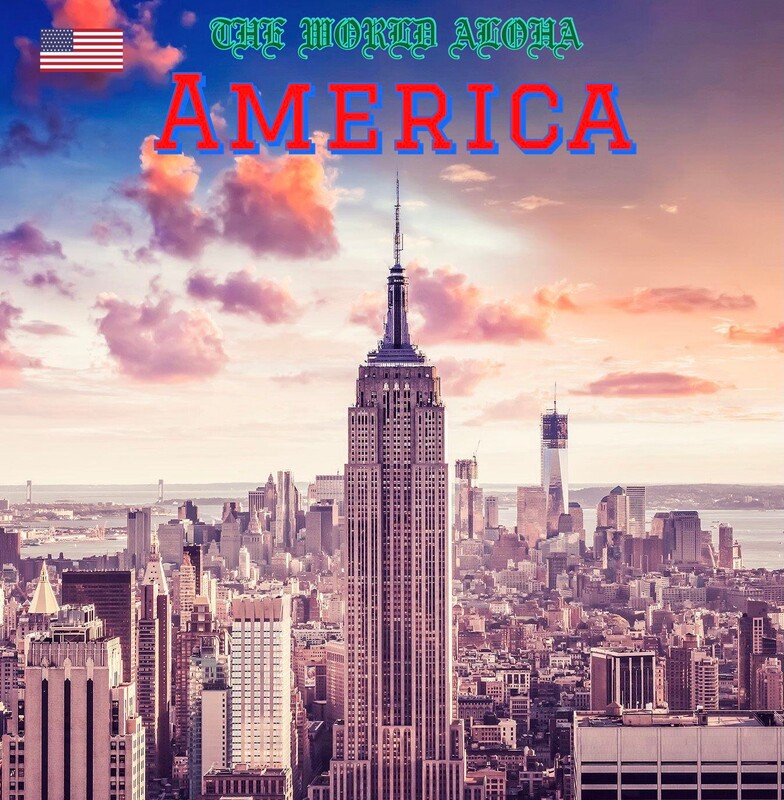
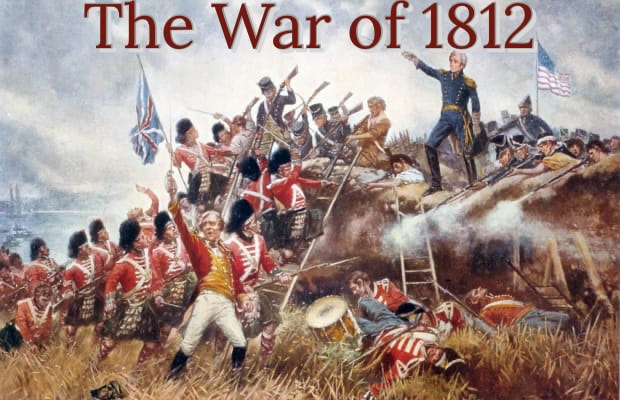
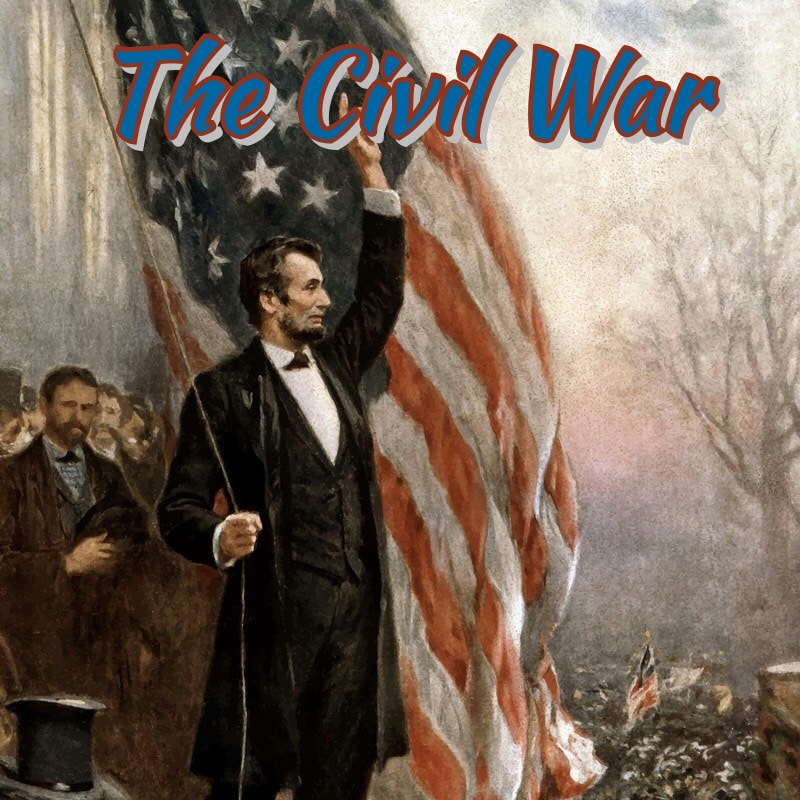
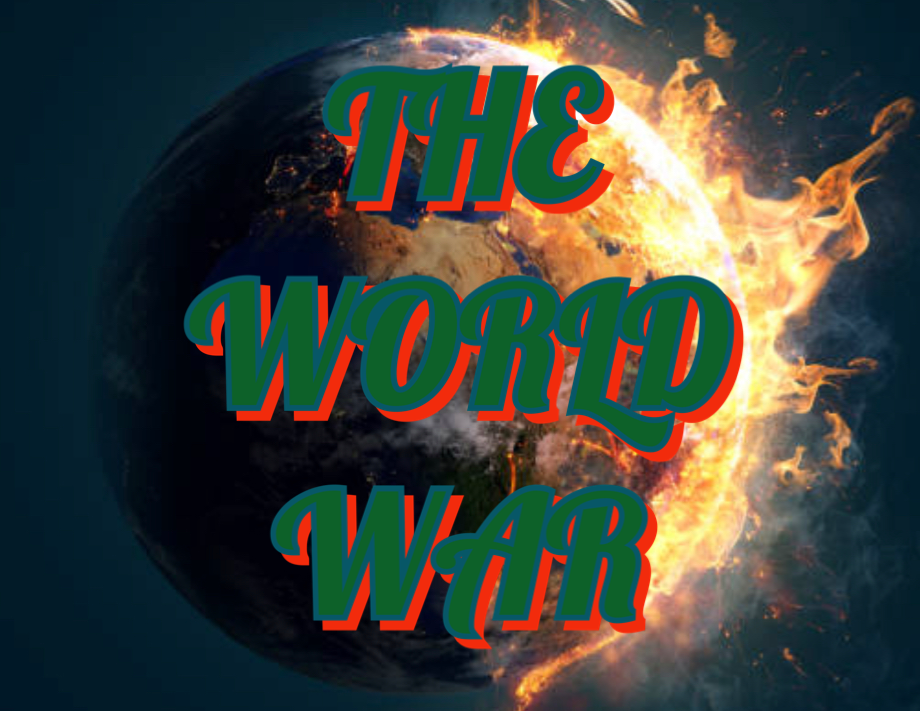
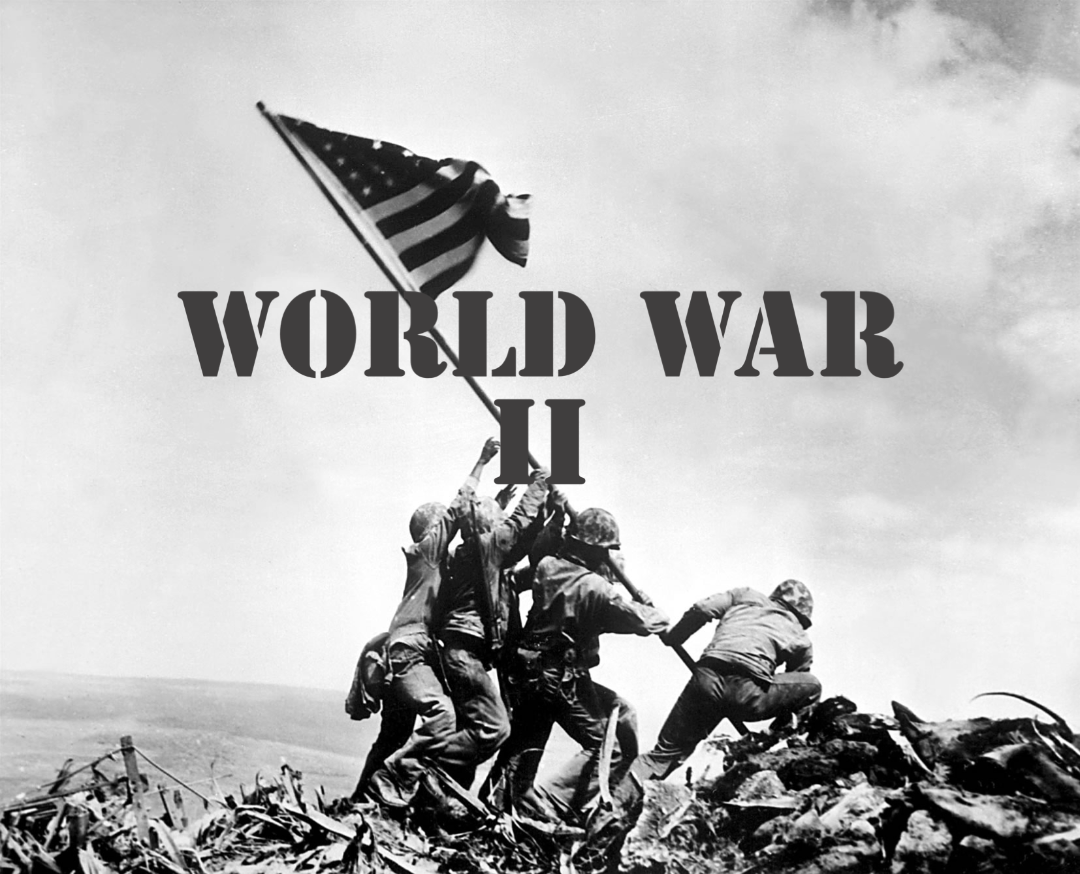

 RSS Feed
RSS Feed